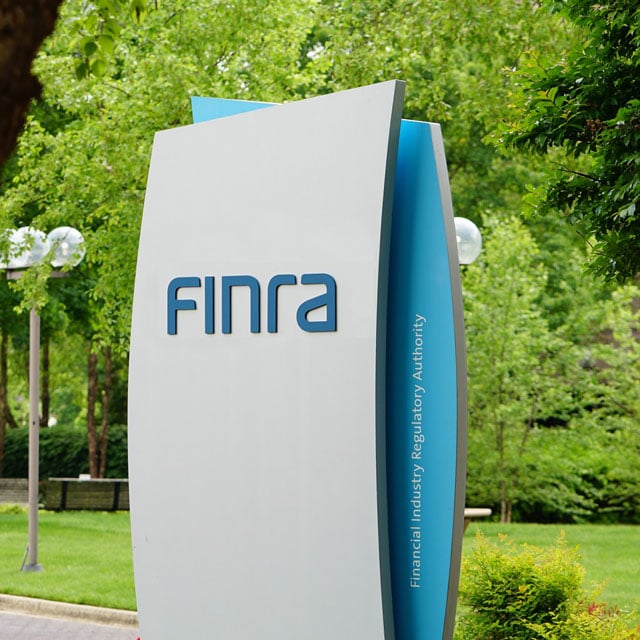Top 10 Model Portfolio Providers by Assets: Morningstar
Asset Allocation Models Dominate
Asset allocation models continue to dominate the space, according to Morningstar. As of March, asset allocation model portfolios that fall in Morningstar's five equity allocation categories accounted for more than 70% of the total models in Morningstar's database. A big driver of their popularity lies in their series format, which delivers a variety of portfolios across different stock/bond mixes. Some series may include upwards of 10 individual portfolios. The report noted that some providers are offering models that fall outside the typical multi-asset construction. For instance, asset-class-specific models are becoming more common as providers look to expand their lineups for advisors and their clients. Equity and fixed income models now account for 31% of new launches, up from 21% three years ago.A Low-Cost Advantage
Model portfolios continue to hold a fee advantage against their mutual fund peers, according to the report. Even when compared against "unbundled" mutual fund shares that have the lowest built-in expenses, a model portfolio charges 11 basis points less on average across all five categories. Morningstar noted that its analysis includes only model portfolios with a reported portfolio as of December 2021 or newer. In addition, it does not account for the strategist fee, which some models may layer on as an additional cost. Allocation models aside, more specific offerings, such as model-delivered equity strategies, also hold a notable advantage when it comes to costs, the report said. Across Morningstar's three U.S. large-cap equity categories, the model-delivered offerings are 20 to 27 basis points cheaper. See the gallery for the top 10 model providers by assets as of March 31, with a comparison of assets as of June 30, 2021, unless otherwise indicated.
© 2025 ALM Global, LLC, All Rights Reserved. Request academic re-use from www.copyright.com. All other uses, submit a request to [email protected]. For more information visit Asset & Logo Licensing.
Featured Resources
View All
Sponsored by Allianz Life Insurance Company of North America
Enhanced First-Year Fixed Rate: 10-Year Accumulation Example

Sponsored by Nitrogen
The State of Investor Sentiment Report: Investor Sentiment in Volatile Markets

Sponsored by Global Atlantic Financial Group
Using a RILA as an Alternative Asset Allocation for Fixed Income







